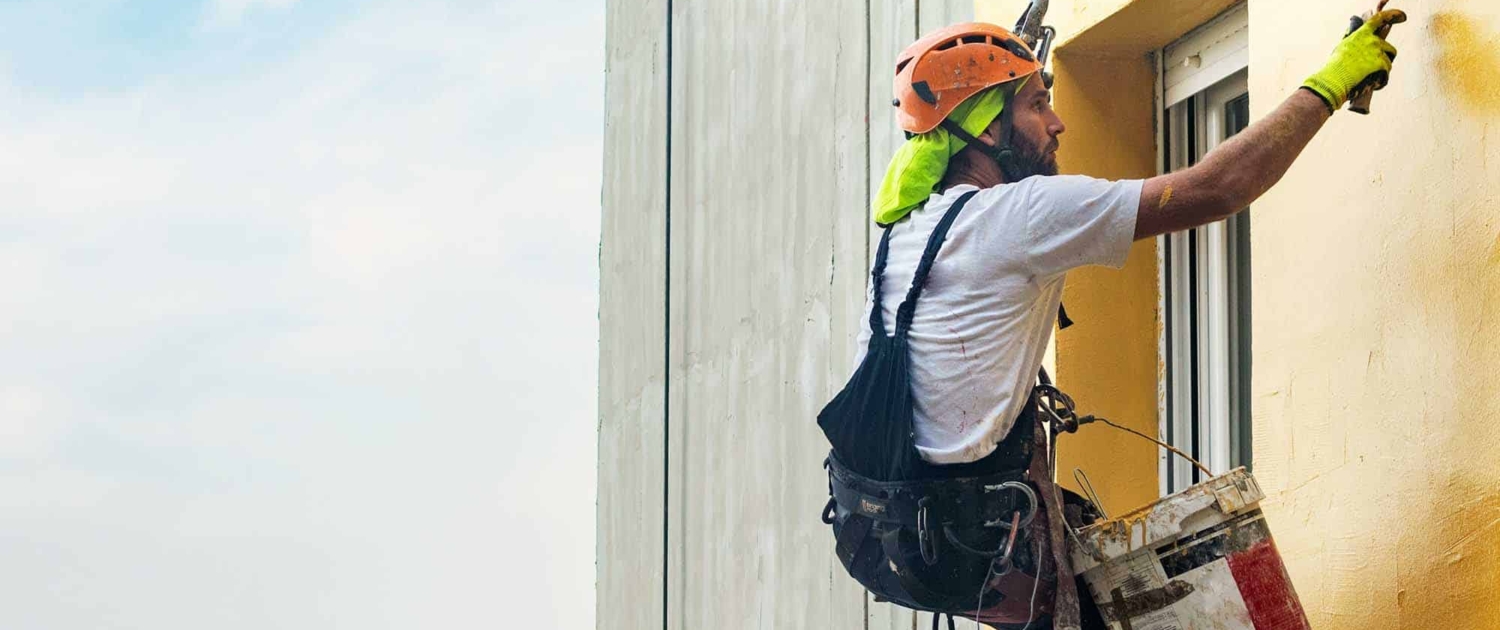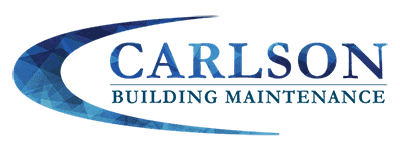
How long do you expect your polished concrete floors to last? A decade? Two decades? Longer? While we can’t guarantee how long your particular concrete floors will last, we can guarantee that a long-term concrete floor protection plan has the potential to extend service life by years.
How Does Concrete Floor Protection Work?
Concrete is a naturally porous substance. As a result, concrete absorbs dirt, debris, and moisture over time, diminishing its appearance and potentially leading to damage or premature replacement. The solution? By polishing concrete, you’ll be sealing a porous surface, significantly improving its durability, appearance, and longevity. But polishing concrete floors is just the first step. As much as polished concrete installers like to sell polished concrete as a maintenance-free alternative to other commercial flooring systems, they aren’t.
Like any commercial floor, polished concrete systems require a level of maintenance that accounts for how the floors are used, daily foot traffic patterns, seasonal conditions, and potential substance or chemical exposures. If you neglect any one of those four factors, your floors will quickly lose their shine, absorb stains or etching, and may even show signs of aging, chipping, or cracking that require polished concrete restoration long after installation.
As a result, the next most important thing to consider after the quality of a polished concrete floor installation is how you plan to maintain it. A long-term concrete floor protection plan allows you to accomplish just that with the peace of mind that your new flooring system will last a decade or longer! Here’s how.
Daily Concrete
Protection
While concrete is a durable flooring material, it isn’t indestructible. That doesn’t mean hit-it-with-a-sledgehammer indestructible. Even small, unseen pieces of dirt, grime, and seasonal debris are abrasive and collectivity break down the finish of a polished concrete floor over time. That’s why a long-term concrete floor protection plan actually starts with focusing on the short-term. What are you doing on a daily basis to protect polished concrete floors?
At minimum, you should be using a dust mop to sweep away dirt and debris on a daily basis. Placing walkway mats in high-traffic areas and regularly cleaning them is another great way to prioritize long-term protection. Lastly, you need to adapt your maintenance routine based on seasonal conditions, as repeated exposure to moisture, puddles, and snow salt are one of the most common causes of concrete floor damage.
Advanced Concrete Protection
If you’re ready to go beyond prioritizing daily polished concrete maintenance to maximize the longevity of concrete floors, you have several advanced concrete protection options worth exploring. First, you can apply polished concrete sealers to immediately provide a protective barrier for concrete floors. Depending on your needs, these sealers can be optimized for slip resistance, stain protection, and even UV protection. Sealers not only protect floors—they also reduce the daily maintenance requirements for concrete floors.
Another advanced concrete protection option is polished concrete densifiers. Unlike sealers, densifiers actually form a molecular bond with an uncured concrete surface to make it more durable. Densifiers provide an additional layer of protection against wear in high-traffic areas while maximizing the durability and longevity of polished concrete. Can’t decide between the two? Fortunately, you can leverage both concrete sealers and densifiers to achieve your specific goals.
No two concrete floor protection plans should ever look the same. That’s why Carlson customizes a concrete cleaning program for your specific floors to maximize longevity.
Polished Concrete Floor Maintenance Best Practices
If you want to immediately maximize the longevity of your concrete floors, consider implementing these best practices:
- Use a dust mop to wipe away dirt and debris on a daily basis
- Place walkway mats strategically near doorways and high-traffic areas
- Ensure rainwater or snowmelt doesn’t puddle on floors
- When moving heavy objects, lift them instead of dragging on floors
- Only use rugs that allow moisture to pass through
- Place pads under rolling chairs
Polished Concrete Floor Maintenance Worst Practices
If you want to immediately add years to your concrete floor’s lifespan, make sure not to:
- Use conventional cleaning products to clean up spills
- Apply tape to floors for any amount of time
- Place potted plants directly on floors or allow fertilizers to contact floors
Wondering if there are any other things that you should or shouldn’t be doing to maximize the longevity of your flooring systems? Get in touch with our experts, and we’ll provide the answer.
Develop a Concrete Floor Protection Plan for Your Facility
One of the most important factors to consider when identifying how to protect concrete floors is that no two concrete floor protection plans should look the same. Your flooring system may require a level of care that other floors don’t, so understanding what you need and what you don’t is a perfect place to start. Get in touch with our experts today, and we’ll start designing a long-term concrete floor protection plan for your facility.


